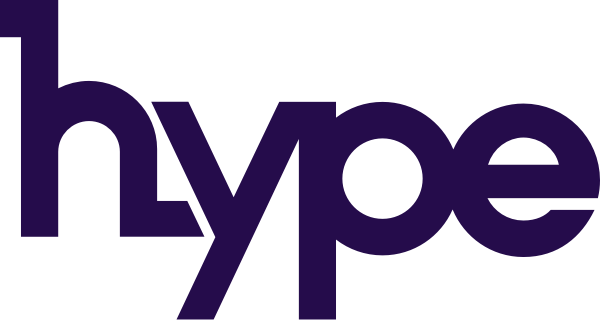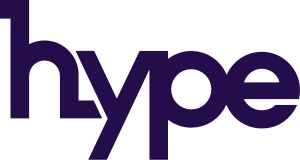On-page SEO refers to all the elements you can optimize to improve your website’s organic performance and rankings. When you work on page optimization for each of these elements, you make it easier for search engines to crawl and understand your page. In addition to publishing relevant, high-quality content, which is one of these elements, on-page SEO includes optimizing your titles, HTML tags, images, URLs, applying structured data to rank you in rich results, and improving your site speed. In this way, you will be sure that your content will be indexed faster and you will rank higher in the rankings by having a high level of expertise, competence and reliability in the eyes of search engines.
The Elements of the On-Page SEO;
Why Is On-Page SEO Important?
On-page optimization studies are of great importance because the website is ranked higher in search engine results, pages are indexed faster by search engine bots, and original and comprehensive content is compatible with algorithms.
6 Optimization Tips for On-Page SEO
1- Determine your main keywords and write unique and optimized contents based on them
It is inevitable that a content will be rewarded by Google as a result of responding to the user’s search intent and providing accurate and reliable information. When creating SEO-friendly content, you should make sure that it includes the keywords you decide and that it is genuine
2- Use target keywords at the beginning of paragraphs
Identifying your target keywords and optimizing your pages and content accordingly is one of the most important factors of on-site SEO. But you should know that using your target keywords at the beginning of the paragraph is an issue that Google gives more importance to in determining ranking factors.
3- Use heading tags
By specifying the scope of the content with the correct heading hierarchy, it allows search engines to better understand the content, as well as providing a better experience to users who visit your site. Heading tags are used in a hierarchical order from h1 to h6. The most important thing to note is that the h1 tag should only be used once. Using keywords while creating the h1 tag will make you stand out by search engines. Other h2,h3,h4,h5 and h6 tags can be used unlimitedly depending on how deep you want your content to be.
4- Optimize Meta Title and Meta Descriptions
Meta titles are the section in blue and bold in the results shown in the SERP when searching for a term on Google. Meta description, on the other hand, is small content that is under the meta title and is a summary of the page content. The answer to the question of how long should the meta title be, is a maximum of 60 characters that best describes the content. While doing this, it is important to use keywords and brand names in the meta title in order to capture potential traffic and rank higher in search results.
5- Optimize Images and add alt text to your images
The alt text is a tag that allows image files to be added to HTML and XHTML documents with HTML codes in the <img> tag. Thanks to the alt feature, it will be possible to express what is in the image by entering alt text on an image. Creating these phrases by choosing from target keywords is a successful step towards being SEO friendly.
Best Practices of Alt Text
- Bad (missing alt text): <img src=”puppy.jpg”/>
- Bad (keyword stuffing): <img src=”puppy.jpg” alt=”puppy dog baby dog pup pups puppies doggies pups litter puppies dog retriever labrador wolfhound setter pointer puppy jack russell terrier puppies dog food cheap dogfood puppy food”/>
- Better: <img src=”puppy.jpg” alt=”puppy”/>
- Best: <img src=”puppy.jpg” alt=”Dalmatian puppy playing fetch”/>
Source:https://developers.google.com/search/docs/advanced/guidelines/google-images
6- Optimize URL’s
The first and primary way to attract users to your website and persuade them to spend time on your site is to create a search engine and user friendly URL.For a URL’s best practices, you should make sure to pay attention to the following:
- Make sure the URLs are simple and easy to read. In this way, you will create a website that will both improve the user experience and attract the attention of search engines.
- Do not use underscores, periods or any other signs when separating the words in your URL, only use hyphens (-).
- For an SEO-friendly site, you should only use lowercase letters in your URL.
- You should also make sure all characters are non-ASCII.
- Include relevant keywords.
Other On-Page SEO Tactics
Target Featured Snippets
Ranking high in search results is very important for your site. By applying structured data to the HTML codes of the pages on your site, you can have the opportunity to rank at the top of what Google sees as rich results. It doesn’t just mean being at the top. It will also make your page more visually appealing in the search results according to the schema markup you use. When integrating the schema codes, you should make sure that they are in the JSON-LD format that Google currently supports.
Here is an example of how your site will appear in the SERP if you manage to rank in the rich results;
Improve Page Speed (Core Web Vitals)
Within the scope of user experience improvements, which Google attaches the most importance, site speed status is very important according to core web vitals metrics. The main purpose of improving the values in these metrics is to ensure that your website loads fast, runs smoothly, interacts quickly and offers visual stability.
Core Web Vitals’ Metrics and Best Practices;
| Good | Need to Improve | Poor | |
| LCP | <=2.5s | <=4s | >4s |
| FID | <=100ms | <=300ms | >300ms |
| CLS | <=0.1 | <=0.25 | >0.25 |
Source: https://support.google.com/webmasters/answer/9205520



